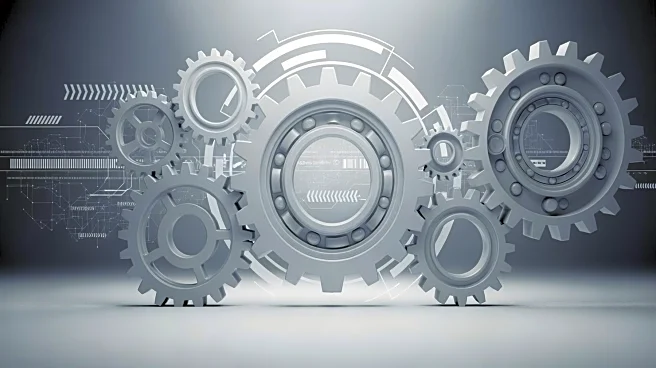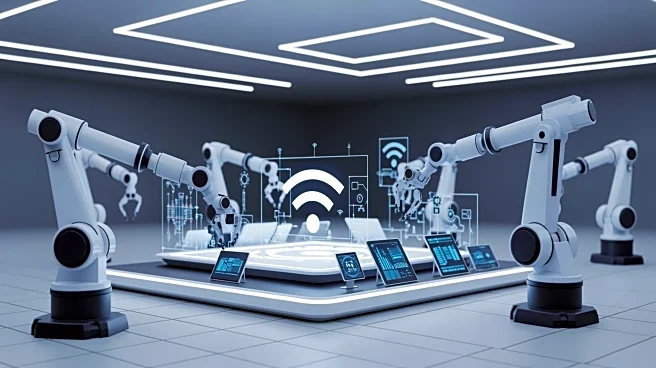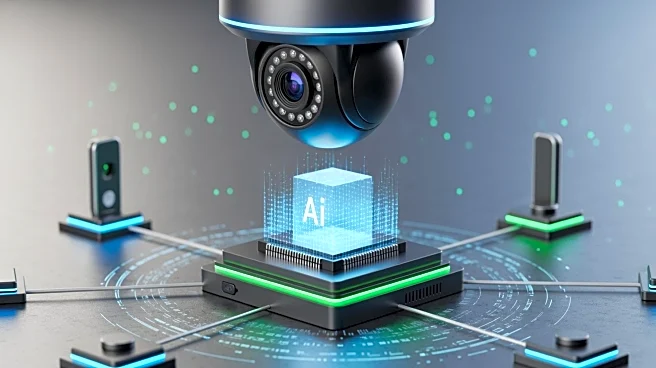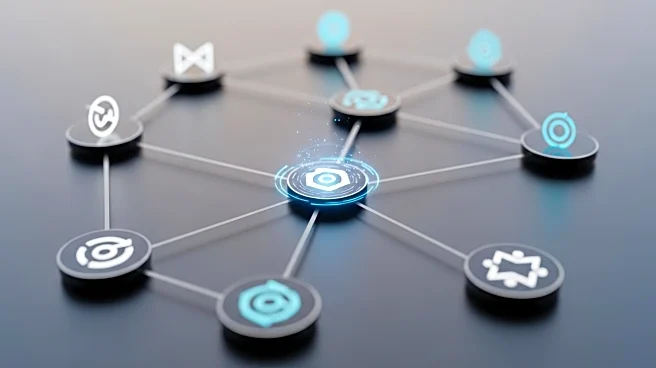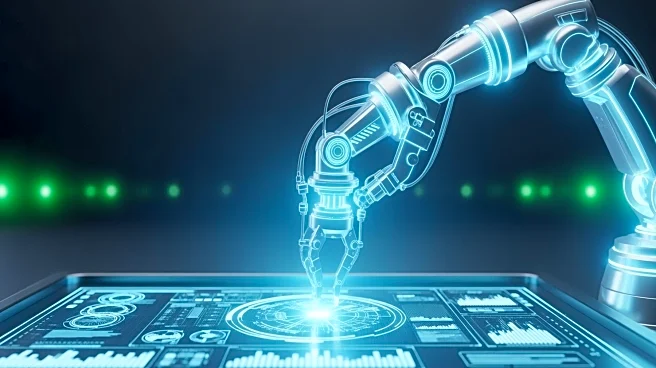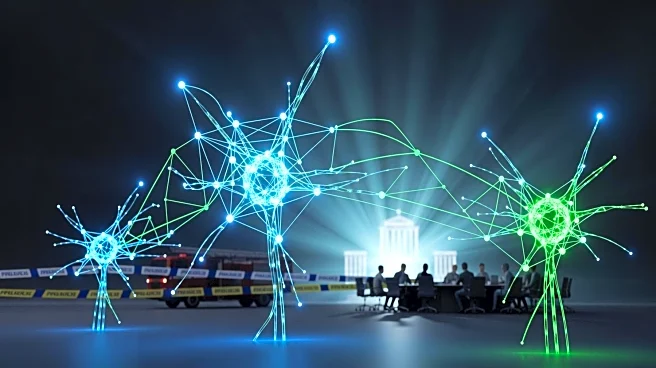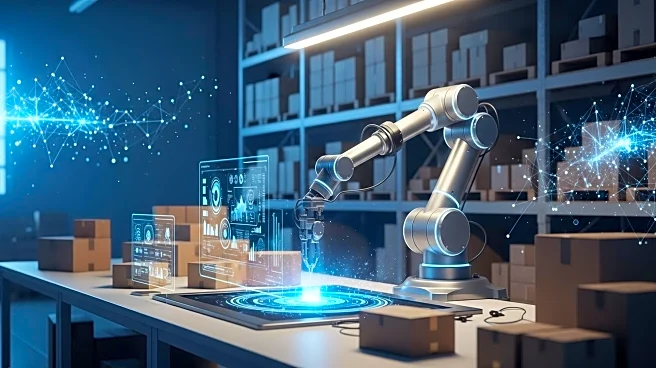What's Happening?
A research team has developed a lightweight model for bearing fault diagnosis, utilizing decoupled distillation and low-rank adaptation techniques. The model, known as DKDL-Net, aims to improve the efficiency
and accuracy of industrial applications by reducing computational complexity while maintaining high performance. The DKDL-Net model employs a Teacher-Student framework, where the Teacher model, with a large number of parameters, guides the training of a more efficient Student model. The Student model, although faster, initially suffers from reduced accuracy due to parameter compression. To address this, the team incorporated a LoRA module, which enhances the model's accuracy by adding a small number of parameters. The model's architecture and training process involve balancing various loss functions, including cross-entropy loss and knowledge distillation losses, to optimize performance.
Why It's Important?
The development of the DKDL-Net model is significant for industries relying on bearing fault diagnosis, as it offers a more efficient and accurate solution. By reducing the computational complexity and enhancing the model's performance, industrial applications can benefit from faster and more reliable fault detection, potentially reducing downtime and maintenance costs. The use of decoupled distillation and low-rank adaptation represents a novel approach to model training, allowing for better transfer of knowledge from large-scale models to more efficient ones. This advancement could lead to broader applications in other areas requiring lightweight and efficient models, thereby impacting various sectors such as manufacturing, automotive, and aerospace.
What's Next?
The research team plans to further refine the DKDL-Net model by exploring additional methods to enhance its accuracy and efficiency. Future work may involve testing the model in real-world industrial settings to evaluate its performance and adaptability. Additionally, the team may investigate the application of the model to other types of fault diagnosis beyond bearings, potentially expanding its utility across different industries. Collaboration with industry partners could facilitate the integration of the DKDL-Net model into existing systems, providing valuable feedback for further improvements.
Beyond the Headlines
The ethical implications of deploying advanced models like DKDL-Net in industrial settings include considerations of job displacement due to increased automation. While the model enhances efficiency, it may also lead to reduced demand for manual fault diagnosis, impacting employment in certain sectors. Furthermore, the reliance on AI-driven models necessitates robust cybersecurity measures to protect sensitive industrial data from potential breaches. The long-term shift towards AI-driven solutions highlights the need for ongoing research and development to ensure ethical and secure implementation.
